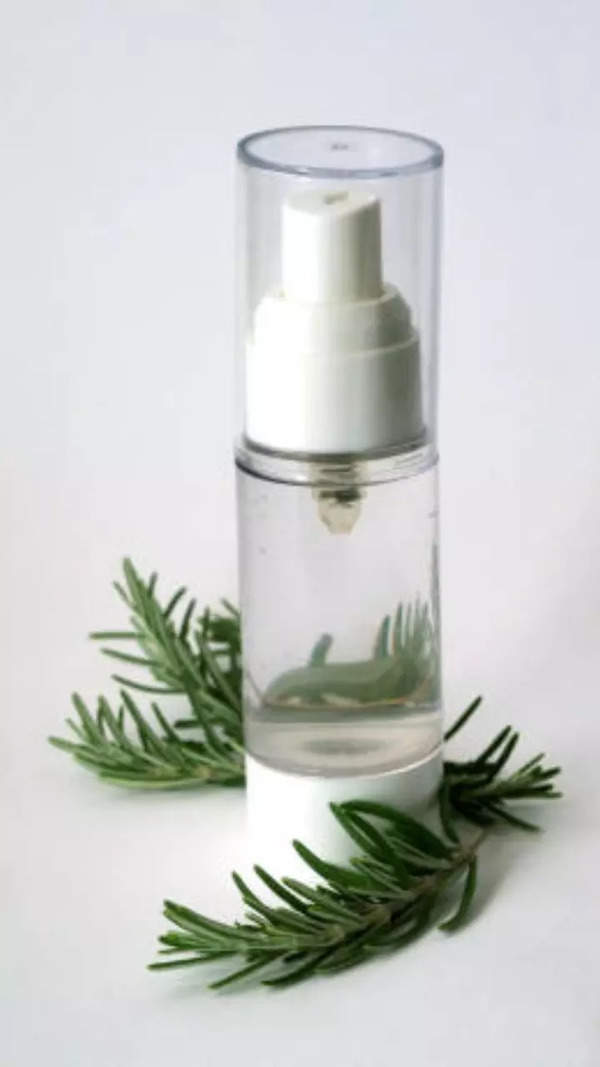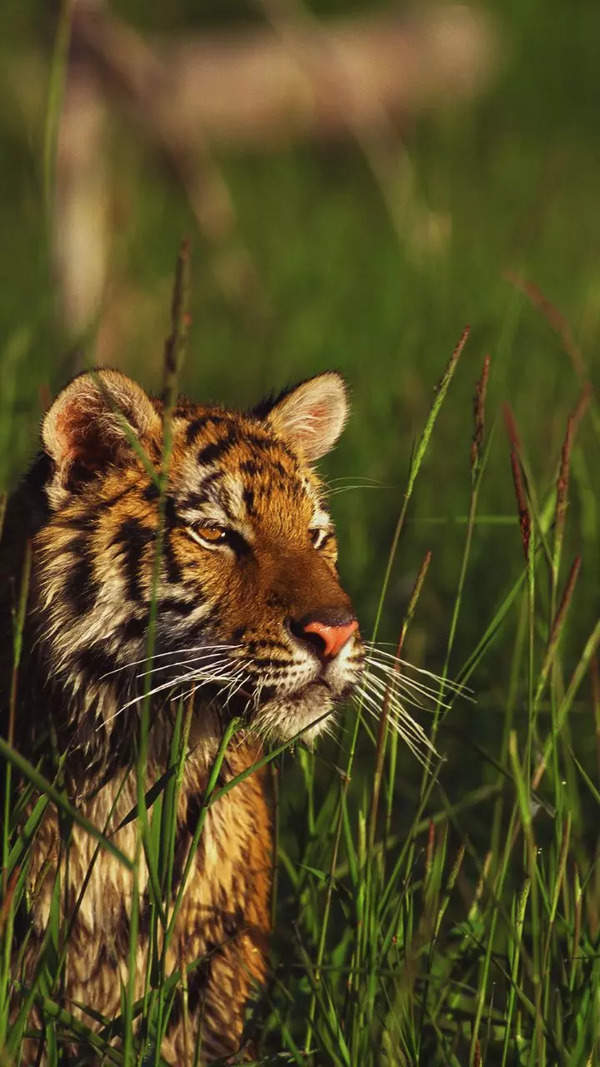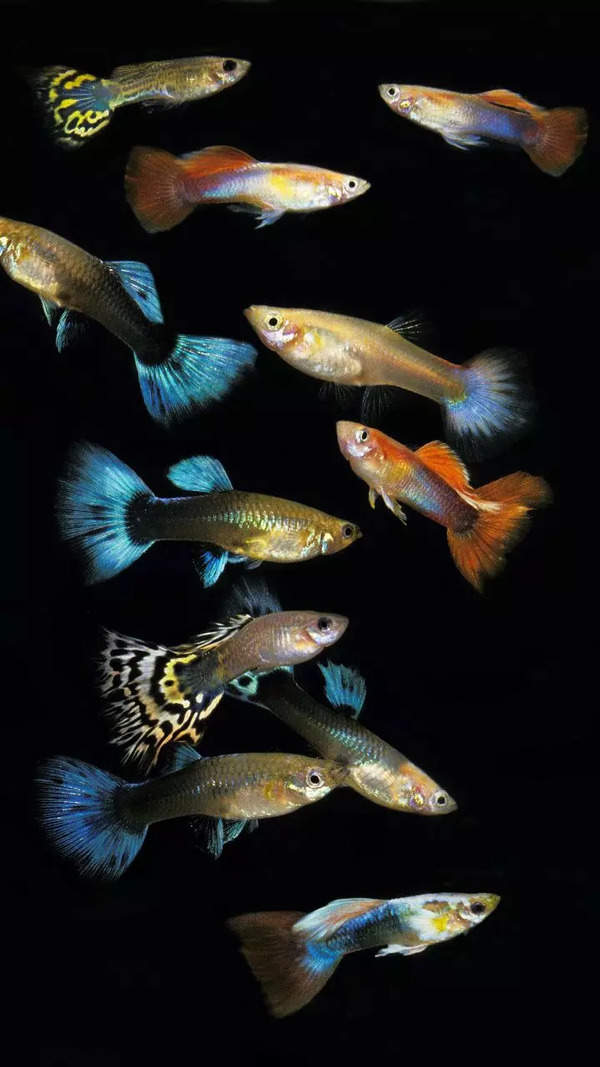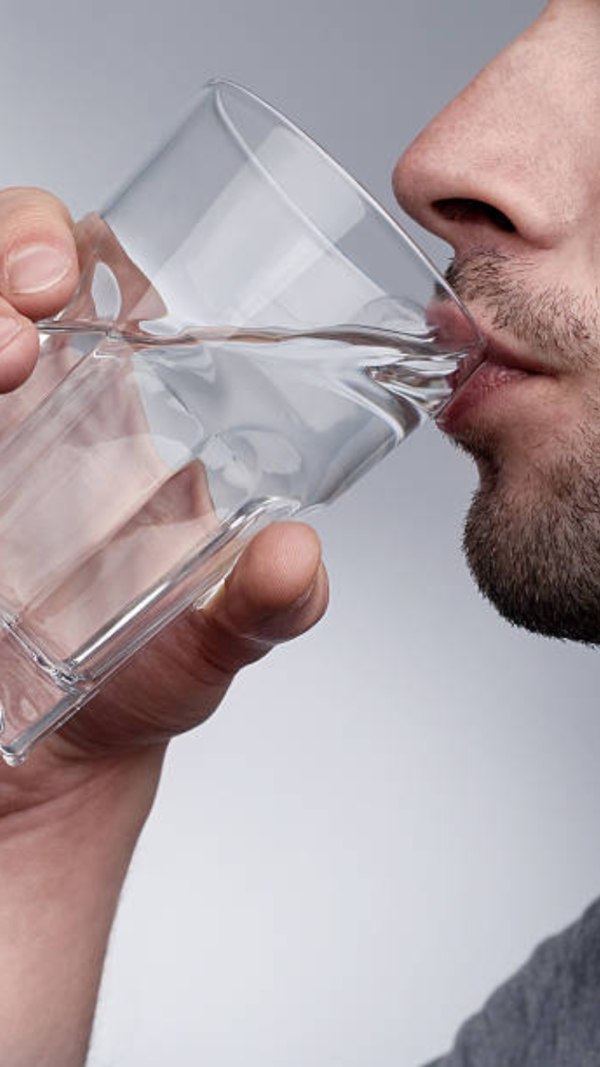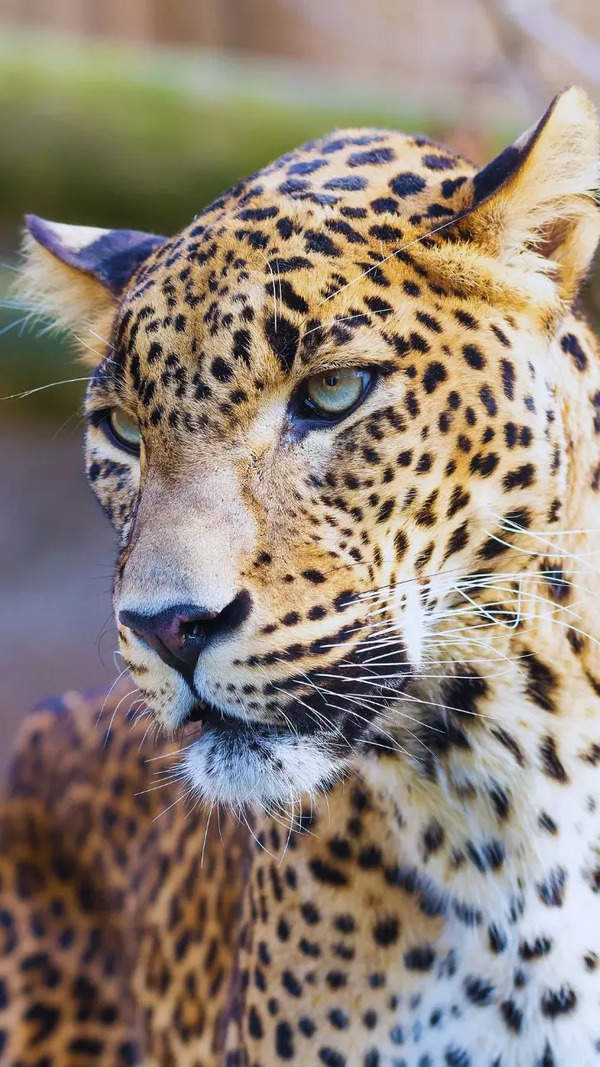Trending
How is the king cobra different from other cobras: Size, diet, venom, and other key differences
The king cobra, despite its name, is not a true cobra but stands out due to its enormous size, unique snake-based diet, and intelligence. Unlike other cobras, it has a distinct behavior and hood. Known as a formidable predator, its venom quantity compensates for its lower toxicity. The king cobra's extraordinary traits captivate scientists and reptile enthusiasts.
The king cobra is far more than just another cobra—it's in a class of its own. Renowned for its imposing hood and venomous bite, this snake stands out as one of the most extraordinary in the reptile kingdom. But here's the twist: despite its famous name, the king cobra isn't actually a true cobra. From its enormous size to its unusual diet and remarkable intelligence, this snake challenges all conventional ideas about cobras. What sets it apart? How does it differ from its so-called relatives? If you think all cobras are the same, think again. Prepare to uncover the fascinating secrets that make the king cobra truly unique. With its complex behaviors and impressive hunting techniques, the king cobra continues to captivate both scientists and reptile enthusiasts alike.
King cobras vs other cobras: Key differences explained
King cobra vs other cobra: Scientific classification
King cobra vs other cobra: Size
King cobra vs other cobra: Diet
King cobra vs other cobra: Venom
The king cobra delivers a huge dose of venom with a single bite—one that can kill an elephant or several humans. Yet its venom is weaker than some true cobras, including the Indian cobra. The venom of the king cobra is mainly focused on the nervous system, and it leads to paralysis, failure of the respiratory system, and death. As opposed to other cobras with rapid strikes, the king cobra prefers holding on and injecting larger doses with a sustained envenomation. Its ability to regulate the release of venom makes it a deliberate predator and uses quantity over toxicity to take down larger animals, including other venomous snakes. Also, type of venom found in king cobra is primarily neurotoxic — affects the nervous system, paralyzing muscles and potentially leading to respiratory failure. It also contains cytotoxins and cardiotoxins, but neurotoxins dominate.
King cobra vs other cobra: Hood and behavior
The hood of the king cobra is slim and longer compared to true cobras, whose wider and more flared hood seems to sweep backward. Though usually less aggressive, it will stand tall and stare a human in the face when threatened. In contrast to other cobras that spread their hood wide open and attack quickly when threatened, the king cobra tends to use intimidation and start with a low, rumbling hiss before attacking. It is also renowned for its smarts, being able to recognize known threats and act accordingly. This methodical approach to defense and hunting makes it one of the most interesting and dangerous snakes on the planet.
The king cobra is truly in a league of its own. From its massive size and specialized snake-based diet to its intelligence and unique hunting tactics, it stands apart from the true cobras of the Naja genus. While its venom is not the most potent among cobras, its sheer volume and controlled envenomation make it a formidable predator. Unlike its more defensive relatives, the king cobra relies on intimidation and calculated aggression, proving itself as one of the most fascinating reptiles in the world. Whether feared or admired, there’s no denying that this "snake-eating king" continues to capture the curiosity of scientists and snake enthusiasts alike.
Also Read: Mojave rattlesnake is one of the most venomous snakes on Earth | Discover its traits, deadly nature, and unique facts
End of Article
FOLLOW US ON SOCIAL MEDIA
Visual Stories
Tired of too many ads?go ad free now


